How Toxic is Sodium Cyanide?
Sodium cyanide is a white crystalline powder or granules that is hygroscopic and has a faint bitter almond smell. It is highly soluble in water and readily hydrolyzes to form hydrogen cyanide, with its aqueous solution being strongly alkaline. It is an important basic chemical raw material. Notably, it is extremely toxic; contact with skin wounds, inhalation, or ingestion of even a small amount can lead to poisoning and death.
Using the commonly referenced LD50 (the dose required to kill half of the test animals within a specified time), arsenic has an LD50 of 14.6 mg/kg (oral in rats), while Sodium cyanide has an LD50 of 6.44 mg/kg (oral in rats). This means that Sodium Cyanide is about three times more potent than arsenic.
Even more frightening is the fact that these highly toxic cyanides dissolve easily in water, leading to rapid effects. Death can occur within 15 minutes to 1 hour, leaving medical professionals with very limited time for rescue. In comparison, arsenic acts more slowly; symptoms may not appear until an hour after ingestion, and death can occur several hours or even a day later.

Industrial Uses of Sodium Cyanide
In recent years, the applications of sodium cyanide have become increasingly widespread. Currently, the consumption of sodium cyanide is primarily for chemical synthesis, accounting for about 40% of the market share; the pharmaceutical sector accounts for about 10%; pesticides account for about 8%; and the electroplating industry accounts for about 20%. The remaining usage is in fine chemicals. In recent years, with the growing demand for gold, the demand for sodium cyanide in mining has increased significantly. For instance, in 2013. the sales of sodium cyanide used for gold extraction were 2 to 3 times that of 2012. and the pesticide market has also seen a surge, particularly for glyphosate and similar products.
1. Dyes
Sodium cyanide can be used to synthesize dyes. The dyes that can currently be synthesized include Yellow 139. Yellow 150. indigo, brilliant blue, fluorescent whitening agent VBL, and Disperse Green GL, among others.
2. Pharmaceuticals
Sodium cyanide can be used to synthesize pharmaceutical intermediates, providing essential raw materials for final pharmaceutical products. Common drugs include penicillin, pregabalin, ketoprofen, tranexamic acid, vitamin B6. folic acid, guanine, acyclovir, gabapentin, butyrophenone, barbiturates, fluoroquinolones, caffeine, cough suppressants, gastric medications, analgesics, berberine, atorvastatin, and phenylpropanolamine.
3. Pesticides
Sodium cyanide can be used to synthesize pesticides, which are widely applied to crops and vegetables. Common pesticides include glyphosate, cypermethrin, paraquat, cyantraniliprole, sulfentrazone, pyraclostrobin, benzoylpropionic acid, oxime esters, atrazine, cyanazine, and various rice disease control agents.
4. Electroplating
Sodium cyanide can form complexes with many metals, making it commonly used in the electroplating industry as an electrolyte for copper, cadmium, zinc, and silver. The metal ion complexes in these electrolytes can deposit on the surface of workpieces, forming a thin film that protects metal products.
5. Mining
Sodium cyanide has the ability to dissolve gold and silver, forming soluble cyanide complexes, which is why it is used in mining for the extraction of gold, silver, and non-ferrous metals. In domestic low-grade gold mines, many gold extractions are performed using the "heap leaching" method with sodium cyanide. This extraction process has a significant cost advantage. The "heap leaching" method involves spraying sodium cyanide solution onto a heap of ore, allowing the target components to dissolve into the solution, from which gold is then recovered. Although Cyanides are recognized as effective gold leaching agents, their highly toxic nature raises concerns, and cyanide waste can severely damage the environment. Therefore, various methods, including chlorination, acidification, and activated carbon adsorption catalytic oxidation, are employed in China for cyanide tailings treatment. The best practices for gold extraction involve using cyanide-free and low-cyanide alternatives.
6. Other Uses
In addition to the above applications, sodium cyanide can also be used to prepare amino acids, L-carnitine, lactic acid, creatine, chelating agents, cyanate esters, UV absorbers, light stabilizers, and fragrances, among other chemical products.

Sodium cyanide, how can individuals protect themselves?
The most important thing is:people outdoors should evacuate to an area at least 2 kilometers away from the accident site and upwind to avoid contact with any chemical substances.
Skin contact:Immediately remove contaminated clothing and thoroughly rinse the affected area with running water or a 5% sodium thiosulfate solution for at least 20 minutes. Seek medical attention promptly.
Eye contact:Immediately rinse the eyes with plenty of running water or saline solution for at least 15 minutes. Seek medical attention promptly.
Inhalation: Quickly leave the scene to an area with fresh air. If breathing difficulties occur, provide oxygen. If breathing and heartbeat stop, immediately perform artificial respiration (do not use mouth-to-mouth) and chest compressions.
Ingestion: Drink a sufficient amount of warm water to induce vomiting. Use a 1:5000 potassium permanganate solution or a 5% sodium thiosulfate solution for gastric lavage. Seek medical attention promptly.
For more professional suggestions? Contact us!
Warm Tips:If you want to know more information, like quotation, products, solutions, etc.
- Random Content
- Hot content
- Hot review content
- High Quality Sodium silicate 99% Water glass
- OCCUPATIONAL HEALTH & SAFETYMANAGEMENT SYSTEM CERTIFICATE
- Sodium Metal, ≥99.7%
- Ammonium Nitrate Porous Prills
- Ammonium Persulfate Industrial Grade 98.5%
- Manganese sulfate
- Cobalt Sulfate 98% Brown yellow or red crystal
- 1Discounted Sodium Cyanide (CAS: 143-33-9) for Mining - High Quality & Competitive Pricing
- 2China's New Regulations on Sodium Cyanide Exports and Guidance for International Buyers
- 3Sodium Cyanide 98% CAS 143-33-9 gold dressing agent Essential for Mining and Chemical Industries
- 4International Cyanide(Sodium cyanide) Management Code - Gold Mine Acceptance Standards
- 5China factory Sulfuric Acid 98%
- 6Anhydrous Oxalic acid 99.6% Industrial Grade
- 7Oxalic acid for mining 99.6%
- 1Sodium Cyanide 98% CAS 143-33-9 gold dressing agent Essential for Mining and Chemical Industries
- 2High Quality 99% Purity of Cyanuric chloride ISO 9001:2005 REACH Verified Producer
- 3Zinc chloride ZnCl2 for High Molecular Weight Polymers Initiator
- 4High Purity · Stable Performance · Higher Recovery — sodium cyanide for modern gold leaching
- 5High Quality Sodium Ferrocyanide / Sodium Hexacyanoferr
- 6Gold Ore Dressing Agent Safe Gold Extracting Agent Replace Sodium Cyanide
- 7Sodium Cyanide 98%+ CAS 143-33-9


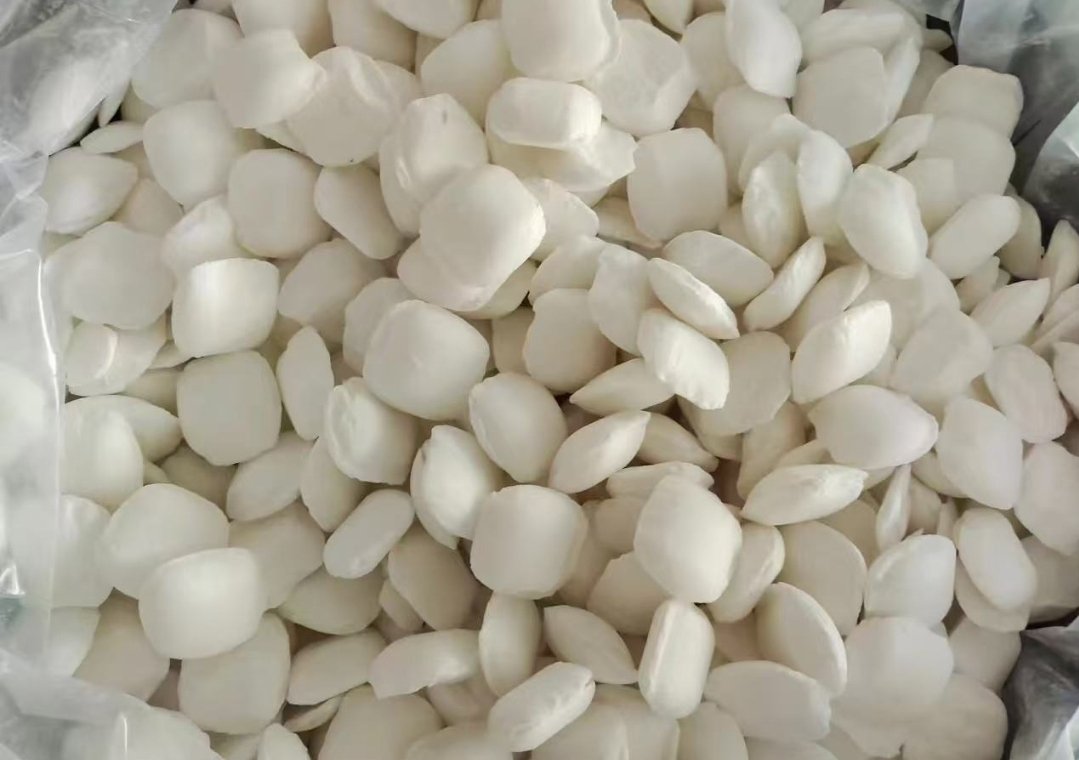
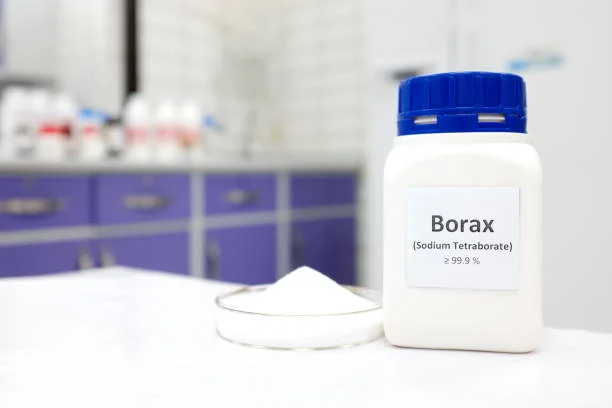
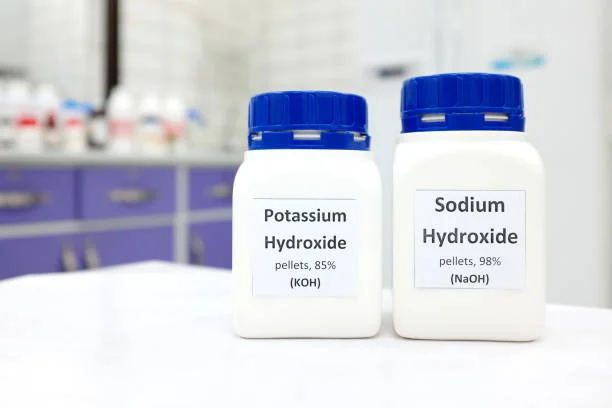
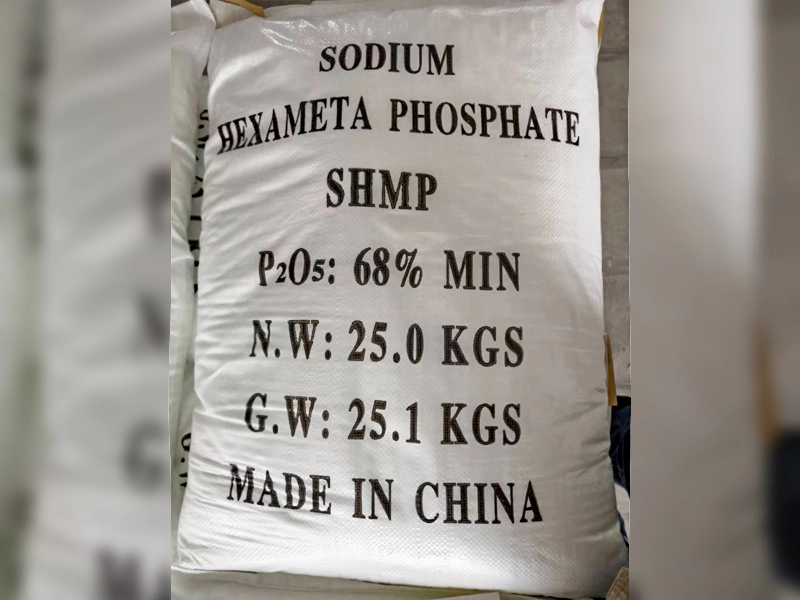


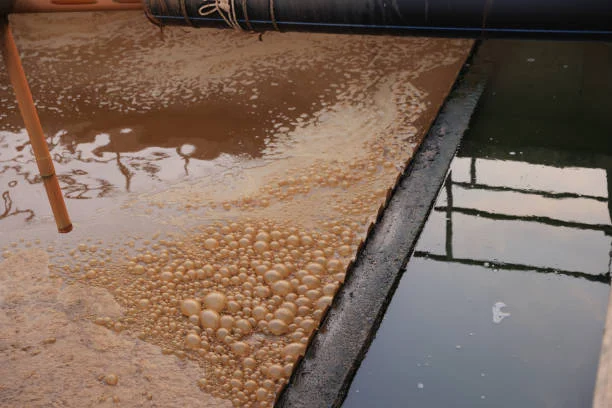


Online message consultation
Add comment: